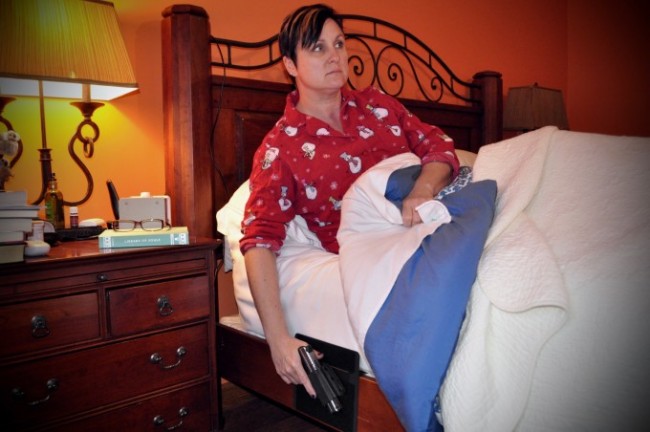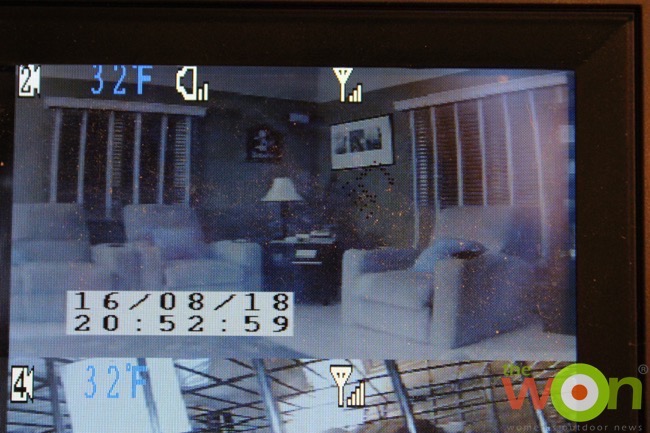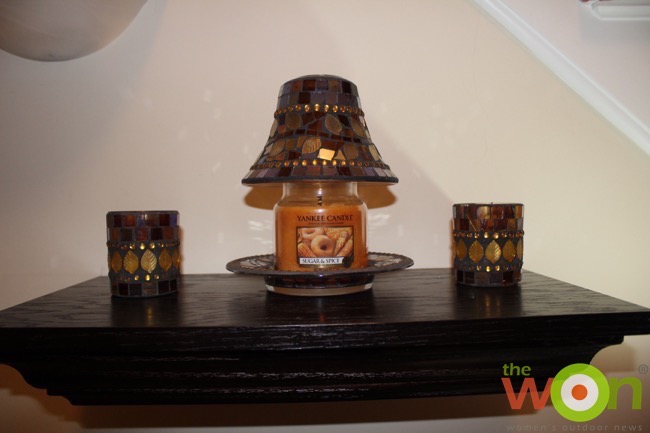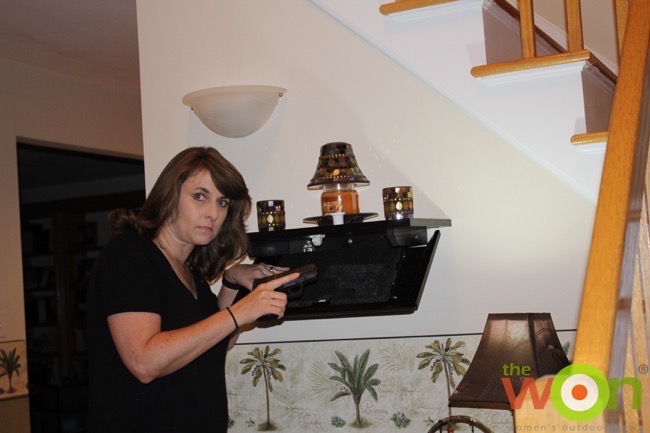Thump. Crash! You awaken from a sound sleep, but you’re not sure why. You listen for a few seconds, groggily trying to process what’s going on. Then you realize what’s happening; Someone is in your home. Do you have a plan? If you don’t, let’s start that conversation right now.
My dad was the local fire chief, and growing up we always had an escape plan should there be a fire in our home. It’s something that I, in turn, drilled into my daughters as soon as they were old enough to understand. Even as they went off to college, they had a plan should something happen in their dorm. Fire is something people understand and often plan for, but a home invasion? Not so much.
My colleague Stacy Bright recently wrote a great piece on making your home a hard target. But what happens if that’s not enough? What if, in the middle of the night, you hear glass break? You awake from a dead sleep trying to process what you just heard. Did the cat knock over something? Did the dog bump into a chair in his quest to get a drink? Is there someone in my house? It’s a scary thought, isn’t it? It’s worse if you’ve never taken the time to run scenarios on what might happen should someone gain access to your home while you’re inside.

If someone broke into my home in the middle of the night, chances are I’d be asleep in my bedroom. The layout of my house is atypical. My bedroom sits in the back of the house, down a long hallway. There is no egress from my room other than a spiral staircase to the office upstairs. Because of the layout, and the fact that we have casement windows, making a plan ahead of time is a necessity. My husband and I each keep a pistol in our nightstands; an intruder in my bedroom would likely be facing down the barrels of not 1, but 2 pistols, which would boost our odds of surviving. It’s always best to get out, but if you can’t, a little planning can improve your odds dramatically.
Burglaries and home invasions can also happen during broad daylight. Criminals assume the homeowner is at work during daytime hours, but most days, I work from home. Because of this, I’m generally carrying when I’m home. From the street it may look like the house is empty, making a daytime robbery attempt a distinct possibility. Does it make me paranoid to carry while in my own home? No, it makes me prepared.

Because I live in New York, I have the “duty” to retreat should someone break into my home. I can only use deadly force if I feel that my life is in danger and I cannot safely leave the premises (and even then, I’ll be judged by a jury of 12). I do not have the same ability under the law to protect my home from an intruder as say, someone in Texas. State laws vary wildly on their interpretation of the Castle Doctrine and the use of deadly force. I’d urge you to familiarize yourself with the laws of your area, so that you can make the best plan possible for you and your family.
What are some things you’ll need to work out when making your home intruder plan? Start by going from room to room and looking around. Are there 2 ways out of this room? Is there a great place to hide a weapon where it’s out of sight and appropriately safe, but quickly accessible should you need it? If you have a sketch of the layout of your home, make some notes on it. This will help you when you brief your family on the plan.

Here are some tips to help formulate a home intruder plan that works for you and your family:
Now that we’ve covered some basics and you’re working on your plan, what do you do if someone breaks in?

There’s been a lot of talk lately about panic rooms, sometimes called safe rooms. Safe rooms are a secret windowless room that you can evacuate to for safety. Your home may have a safe place that can be turned into a panic room if you live in an area where tornadoes or hurricanes are a threat.
If I were building a home, I might decide to incorporate one of these secret rooms into the plan, but you may also be able to retrofit an existing room into one. Safe rooms generally have a secret entrance and no windows. (Your very own Batcave, how cool!) It could be behind a moveable bookshelf or under a trap door in the floor covered by a rug. However you decide to access your safe room, know how to get into it quickly and quietly.
Here are a few items you’ll want to keep in your safe room:
The more prepared you are for a home invasion, the better your chances are of making it out unscathed. Take time and formulate a plan. Share it with your family. Oftentimes others may think of something that should be added, so get everyone’s feedback to make sure your family is as prepared as you can be. It’s going to be a frightening situation regardless of how well you’ve planned, but wouldn’t you rather have an idea of what to do? Remember: You aren’t being paranoid, you’re being prepared. If you have a plan and practice it, you’ll be less likely to panic should a home invasion occur. Be prepared, and most of all, be safe.
Annette Doerr is a freelance outdoor writer and business services consultant living in suburban New York. This married mother of two is an NRA Certified Pistol Instructor and Range Safety Officer. Annette is not only passionate about the sport of shooting, she also loves helping new shooters get involved, especially women and teens. An active equestrian, she enjoys riding her American Quarter horse, Cody. She volunteers in greyhound rescue and adoption, and shares her home with Casper, a rescued racing greyhound, along with her her cat, Tony, and her husband, Bob. Visit Annette at WeShoot2.com, her personal blog. View all posts by Annette Doerr